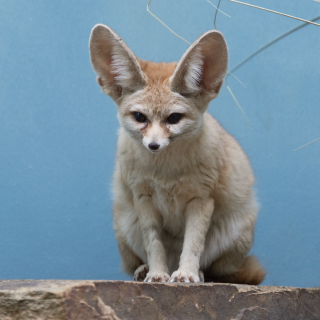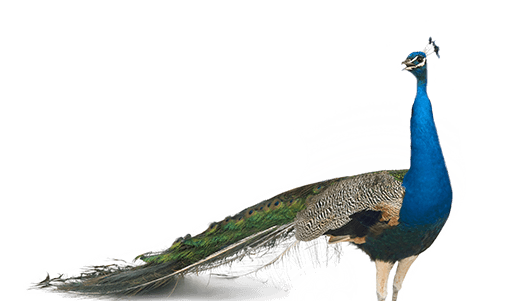Hall of Animals
Description
Schedule
Open year-round
Accessibility
-
Wheelchair Accessible


From Rivers and Grasslands
Fly River turtles are almost entirely aquatic and are the only freshwater turtles that have flippers – all the rest are sea turtles. Their shells are covered in skin, and feel slippery and leathery to the touch. Dwarf mongoose are native to the grasslands of southern Africa and are the continent’s smallest carnivore.
Southern lesser galago
Also known as bush babies, these nocturnal animals have disc-shaped pads on their feet, helping them to grasp branches as they leap among the treetops of African forests. While on the look out for predators and prey, they can turn their heads 180 degrees and move their oversized ears independently.
In the Exhibit

Rodrigues Fruit Bat
Also known as Rodrigues flying foxes, these Critically Endangered bats are found only on the island of Rodrigues in the western Indian Ocean. As they feed on fruit, sun-loving Rodrigues fruit bats help their environment by dispersing seeds.

Poison Dart Frog
Poison dart frogs produce a poison stored in glands beneath the skin and can secrete this toxin when threatened. Just a small amount of toxin is enough to make large animals sick, ensuring they will never forget to avoid the bright patterned frog in the future.

Fennec Fox
The fennec fox’s enormous ears do more than help it detect predators and prey. They also dissipate body heat, helping the fox to keep cool in its native desert habitat.

